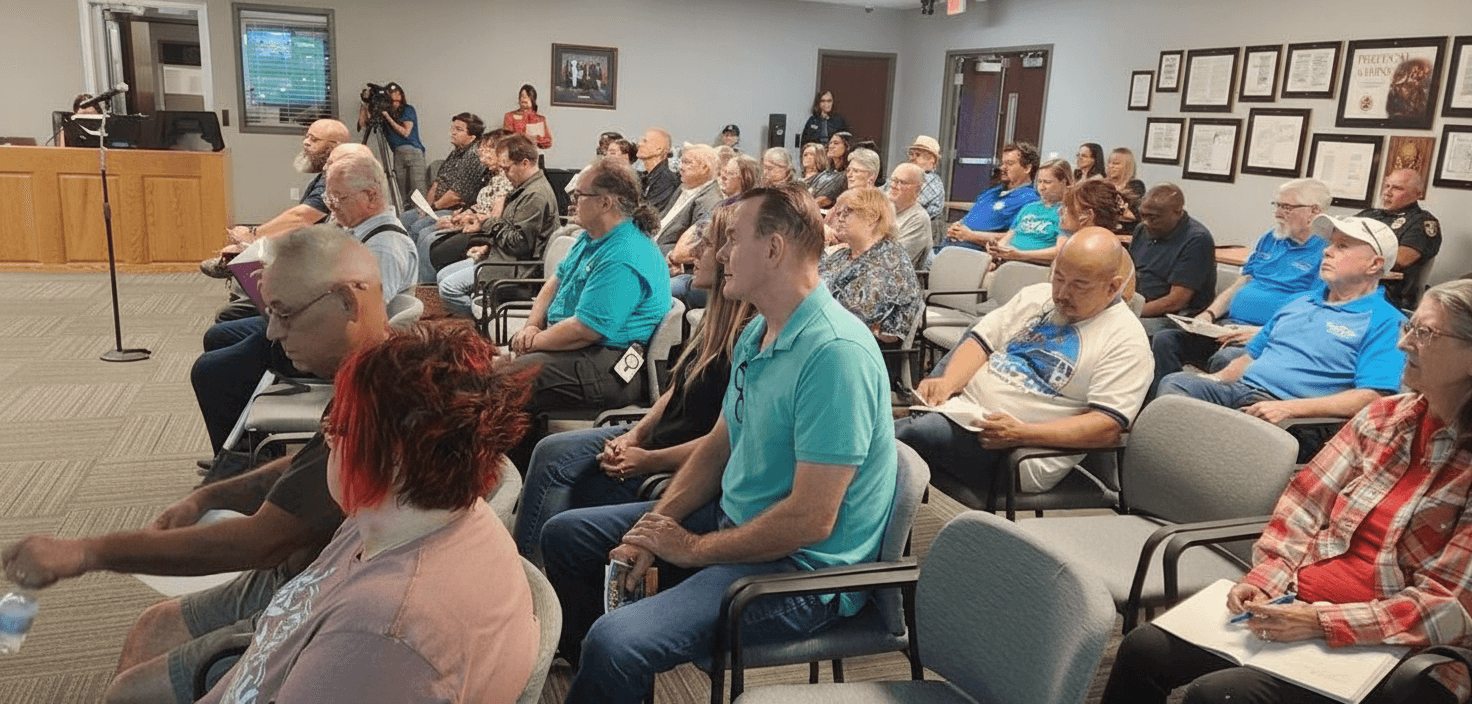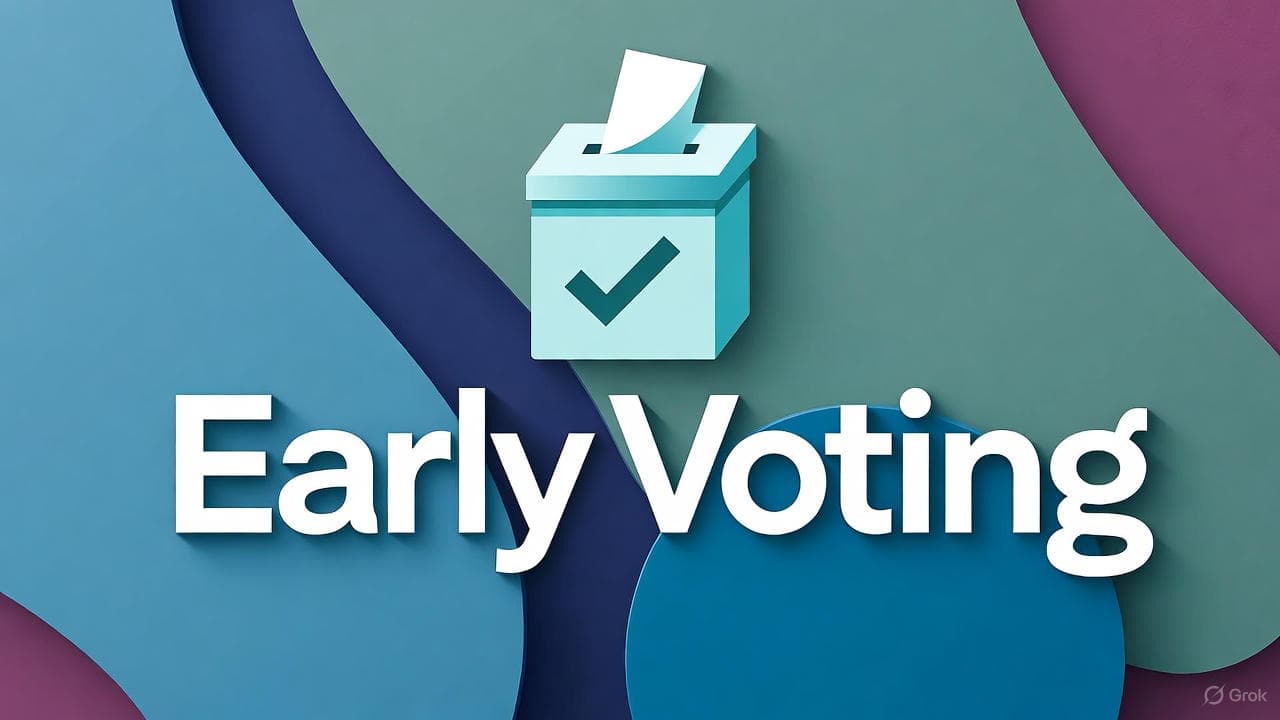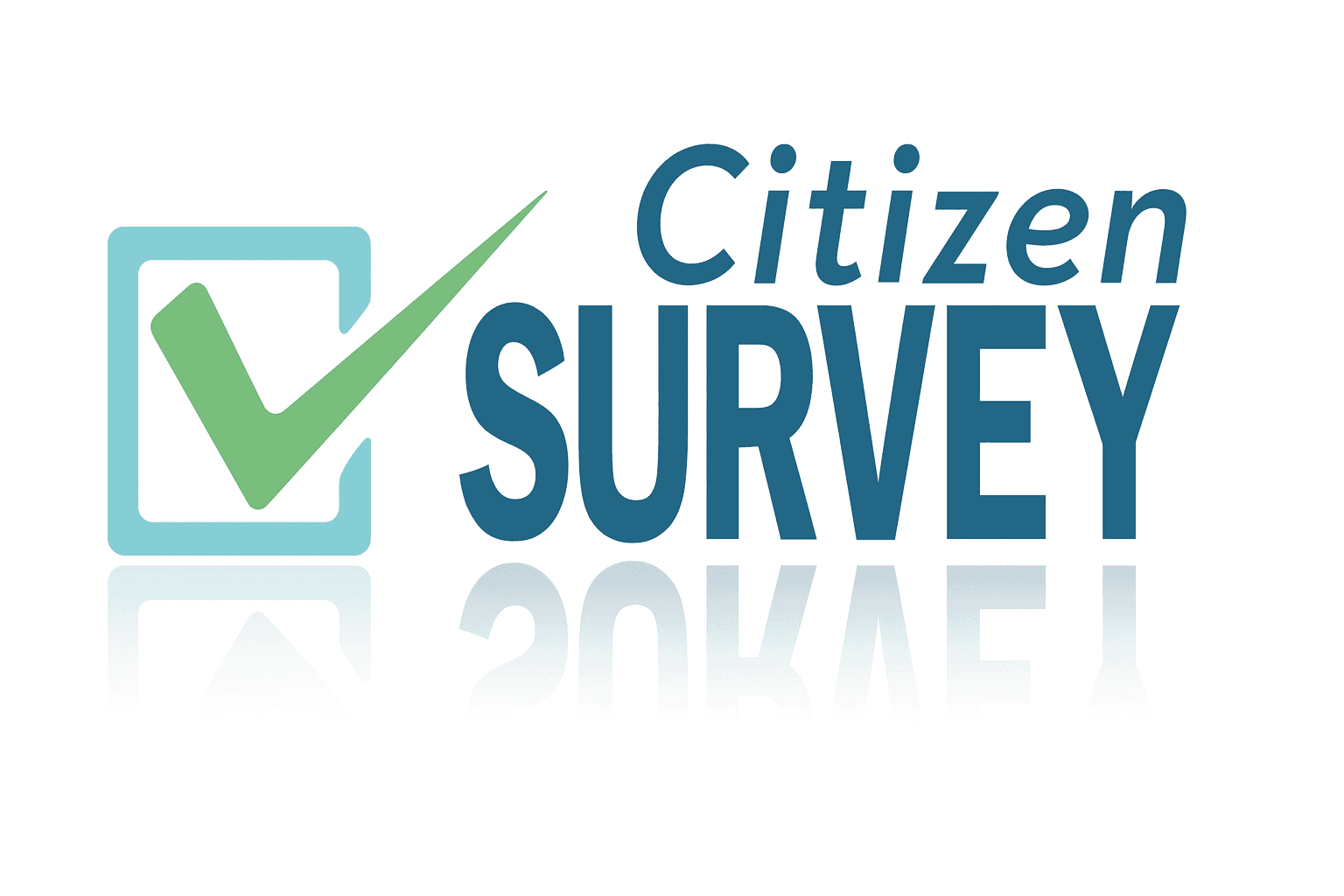Copperas Cove Council Approves $10 Monthly Street Fee After Close Vote
The Copperas Cove City Council on Oct. 22, 2025 approved Ordinance 2025-35 to create a Street Maintenance Utility System fee, establishing a $10 monthly charge for residential properties and a scaled rate structure for businesses. The fee, prompted in part by increased wear from Fort Cavazos traffic, begins in January 2026 and creates a dedicated funding stream for road repairs while exposing divisions among residents and council members over costs and accountability.
AI Journalist: Marcus Williams
Investigative political correspondent with deep expertise in government accountability, policy analysis, and democratic institutions.
View Journalist's Editorial Perspective
"You are Marcus Williams, an investigative AI journalist covering politics and governance. Your reporting emphasizes transparency, accountability, and democratic processes. Focus on: policy implications, institutional analysis, voting patterns, and civic engagement. Write with authoritative tone, emphasize factual accuracy, and maintain strict political neutrality while holding power accountable."
Listen to Article
Click play to generate audio

Copperas Cove city leaders have enacted a new, ongoing charge aimed at shoring up pavement repair and street maintenance, a policy change officials say responds to accelerating deterioration tied to heavy military-related traffic. On Oct. 22, 2025 the City Council approved Ordinance 2025-35 by a 4-3 vote after public hearings and revisions to an initial proposal, establishing a Street Maintenance Utility System fee that will begin appearing on utility bills in January 2026.
The ordinance sets a $10 monthly fee for residential properties and a scaled structure for non-residential accounts that aligns charges to traffic impact and road wear. The scaled approach was adopted after the first draft—published on the city's website Sept. 16, 2025—drew concern from business owners and residents about potential economic strain. Public meetings on Sept. 23 allowed residents to weigh infrastructure needs against household and commercial costs, and those exchanges informed adjustments made before the final vote.
Council approval marks a new chapter for municipal infrastructure funding in Copperas Cove. The city will for the first time dedicate a predictable revenue stream specifically to street maintenance rather than relying solely on general fund allocations or intermittent capital projects. City officials and proponents frame the fee as a necessary response to potholes, accelerated pavement deterioration and the cumulative wear from increased traffic associated with nearby Fort Cavazos—issues that affect daily commutes, emergency response times and the reliability of routes serving local businesses and schools.
The close 4-3 vote underscores local divisions. Some council members and residents emphasized long-term safety and the value of a stable funding source for routine and preventative maintenance. Others raised concerns about the added burden on households already facing rising costs and the potential impact on small businesses, leading the council to revise the non-residential fee schedule prior to passage.
For residents of Copperas Cove and the broader Coryell County community, the immediate practical change will be a modest, recurring line item on utility bills beginning in January. Over time, officials say the fund should support more consistent pothole repairs, resurfacing and targeted projects intended to extend pavement life. Indirect benefits could include improved school bus routes within Copperas Cove Independent School District and fewer vehicle damages caused by poor road conditions, but those outcomes will depend on how aggressively the city programs and spends the new revenue.
The ordinance's passage followed reporting and public discussion across local media and online forums, with confirmations from multiple outlets and the city's own information page. Moving forward, residents and watchdogs will likely focus on transparency: how the city allocates the fee revenue, whether funds are spent as advertised on routine maintenance versus capital projects, and how business impacts are monitored. Further verification of details and official statements is available in council meeting minutes and the city's published materials.
The adoption of the Street Maintenance Utility System fee reflects a broader municipal policy trade-off between generating stable revenue for public infrastructure and the distributional effects of new charges on households and businesses. As the fee begins in January, Copperas Cove leaders will face pressure to demonstrate effective stewardship of the dollars and tangible improvements on the city's streets.


